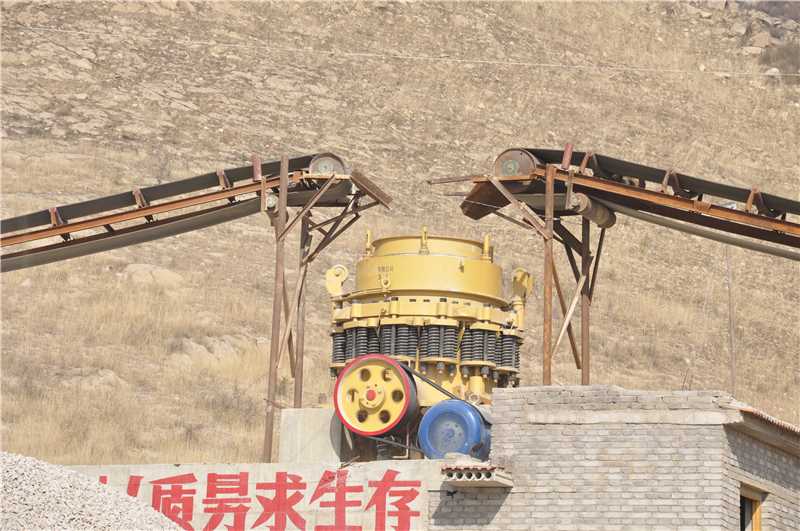Efficient Handling of Gravel and Crushed Stone: The Role of Cone Crushers
Gravel and crushed stone are essential materials in construction, road building, and various industrial applications. The efficient processing of these materials relies heavily on the use of cone crushers, which are known for their ability to deliver high-quality output with minimal waste.
1. The Function of Cone Crushers in Gravel and Stone Processing
Cone crushers are designed to handle medium to hard materials and are widely used for:
- Crushing and Shaping: They break down larger stones into smaller, more uniform sizes suitable for various applications.
- Adjustable Output Sizes: With customizable settings, cone crushers can produce aggregates of different sizes to meet project-specific requirements.
- Consistent Quality: They ensure uniformity in the shape and texture of crushed materials, enhancing their suitability for construction purposes.
2. Advantages of Using Cone Crushers
Cone crushers offer several benefits when processing gravel and stone:
- High Efficiency: Their design allows for continuous operation with minimal downtime.
- Durability: Built with robust materials, cone crushers are resistant to wear and can handle abrasive materials like granite and basalt.
- Energy Savings: Advanced models consume less energy while maintaining high output levels.
- Low Operating Costs: Reduced maintenance requirements and efficient performance lower overall expenses.
3. Key Steps in Gravel and Stone Processing with Cone Crushers
- Initial Screening: Before crushing, materials are screened to remove unwanted debris and oversized rocks.
- Primary Crushing: Larger stones are reduced to manageable sizes using primary crushers.
- Cone Crushing: Cone crushers further reduce the material, ensuring a precise and consistent output.
- Screening and Washing: The crushed materials are screened again to separate different sizes and washed to remove impurities.
4. Tips for Optimizing Cone Crusher Performance
To get the best results from a cone crusher, follow these best practices:
- Regular Maintenance: Routine inspections and timely replacement of wear parts ensure efficient operation.
- Proper Feeding: Avoid overloading or uneven feeding, as it can affect the crusher’s performance and lead to uneven output sizes.
- Setting Adjustments: Tailor the crusher settings to produce aggregates that meet specific project requirements.
- Monitor Output Quality: Regularly check the output to ensure consistency in size and shape.
5. Applications of Processed Gravel and Crushed Stone
The processed materials are used in various industries:
- Construction: For making concrete, asphalt, and foundation bases.
- Road Building: As sub-base materials for highways and pavements.
- Landscaping: For decorative purposes in gardens and parks.
- Industrial Use: In the production of cement and other composite materials.
Conclusion
Cone crushers are indispensable tools in the processing of gravel and crushed stone. Their ability to deliver high-quality, uniform materials with minimal waste makes them a cornerstone in construction and industrial applications. By following proper operational guidelines and maintenance practices, businesses can maximize the efficiency and lifespan of their cone crushers, ensuring optimal performance and cost-effectiveness.
- > Optimizing Raw Material Grinding Size and Feed Capacity in Ball Mills
- > Mobile Cone Crushers: A Versatile Solution for Calcite Production
- > Advantages of Using Mobile Impact Crushers for Iron Ore Processing in Denmark
- > Common Issues with Vibrating Screen Bodies and Their Solutions
- > Application of Vibrating Screens in Civil Construction
- > Compact Portable Crushers: An Ideal Solution for Small-Scale Mining Operations
- > Advantages and Disadvantages of Using Vertical Impact Crushers for Nickel Ore Processing
- > Efficient GZG Series Vibrating Feeder for Metallurgy: A Key Component in Modern Industrial Processes
Hot Product


Online




Message

